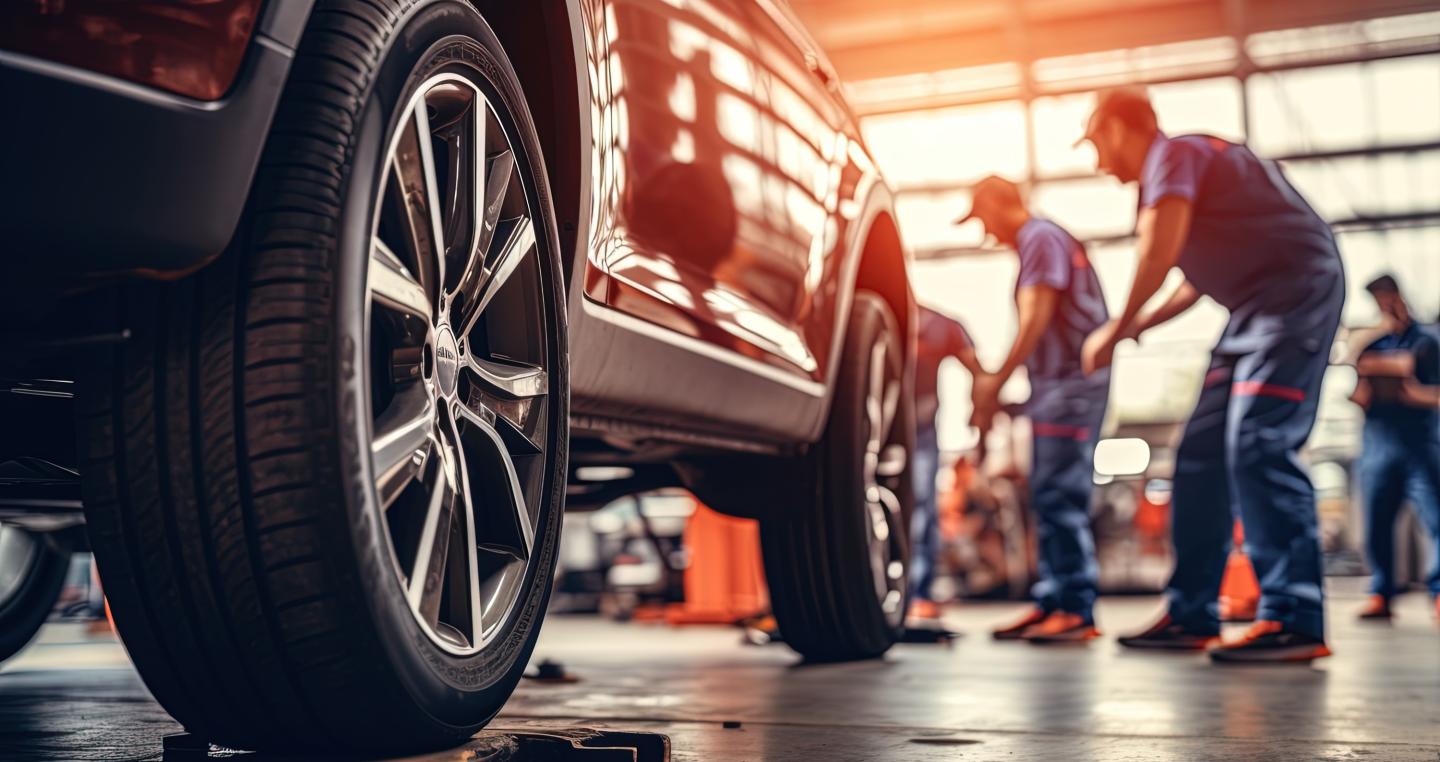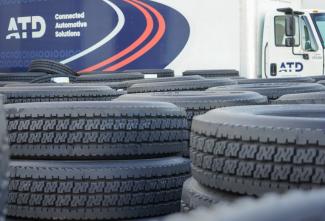Mismatched Tires: The Do's and Don'ts


When you get a flat tire and have to replace one tire, what do you do?
Tires come in sets of four, and it usually makes sense to replace them all at once. We want to equip you with some tips before you visit your favorite shop. The first factor to consider is whether your car is all-wheel (AWD) or two-wheel drive (2WD). This will make the biggest difference.
Replacing tires on your 2WD
When choosing to install two new tires, it is recommended to position them on the rear of the vehicle rather than the front. Having worn tires on the rear diminishes traction and reduces resistance to hydroplaning, potentially leading to a loss of control on wet roads as the rear of the vehicle may become unstable. Opting for new tires on the rear ensures a deeper tread with enhanced hydroplaning resistance, contributing to better grip on wet surfaces. This setup allows the driver to compensate for the worn front tires by steering, thereby maintaining control safely.
If you decide to replace one or two of the tires, the best choice is to replace them with the exact same brand, style, and size that are already on the vehicle . This is going to give you the best ride and reach peak performance from all four tires together. If this is possible, the dimensions, internal construction, materials, and tread design will be nearly identical to the tires you are replacing. If it's not possible (for example, if the tire is no longer available), the next best option is to choose tires in the same performance category with equivalent load ratings, speed ratings, handling, and traction characteristics as the original tires.
Replacing tires on your AWD
Now, if you decide to swap just one or two tires without consulting the owner's manual, it's comparable to having a mechanic use a different grade of oil or a non-recommended filter during an oil change. The car may still run, but the engine won't perform at its peak efficiency. Similarly, mismatched tires can throw off the balance in your AWD system, putting unnecessary stress on the drivetrain and compromising the overall performance. This is going to give you the best ride and reach peak performance from all four tires together.
To avoid a tire issue, it's best to stick to the same brand, type, and size for all your tires. This way, your AWD system can work harmoniously.
Also remember, never mix a summer (UHP) tire and an all-season tire, as this will cause an imbalance in the grip and disrupt the vehicle’s dynamic performance. Keep run-flat tires as they are and don’t mix with non-run-flat tires. We want you to consult and follow your owner’s manual to avoid damaging the drivetrain.
When you find yourself having to make this decision, find your local Tire Pros dealer for expert insight and additional information to solve your problem. We're here to help!


